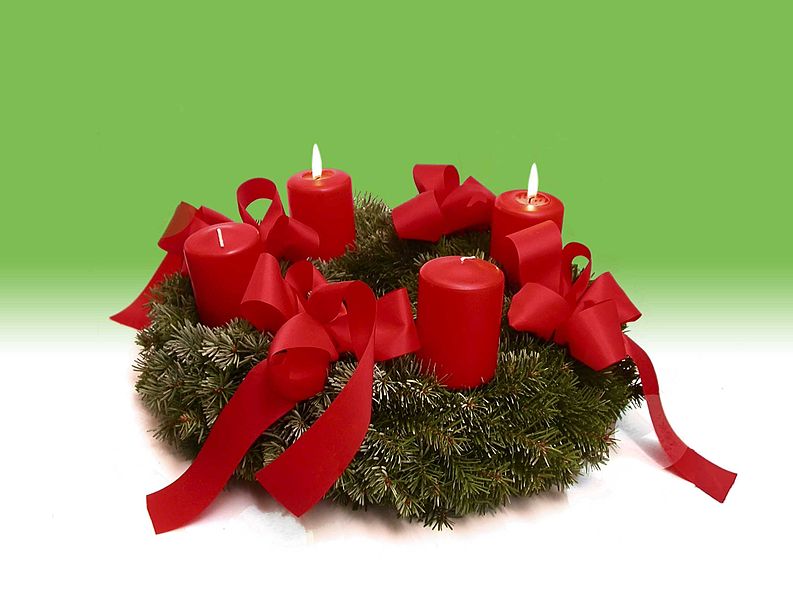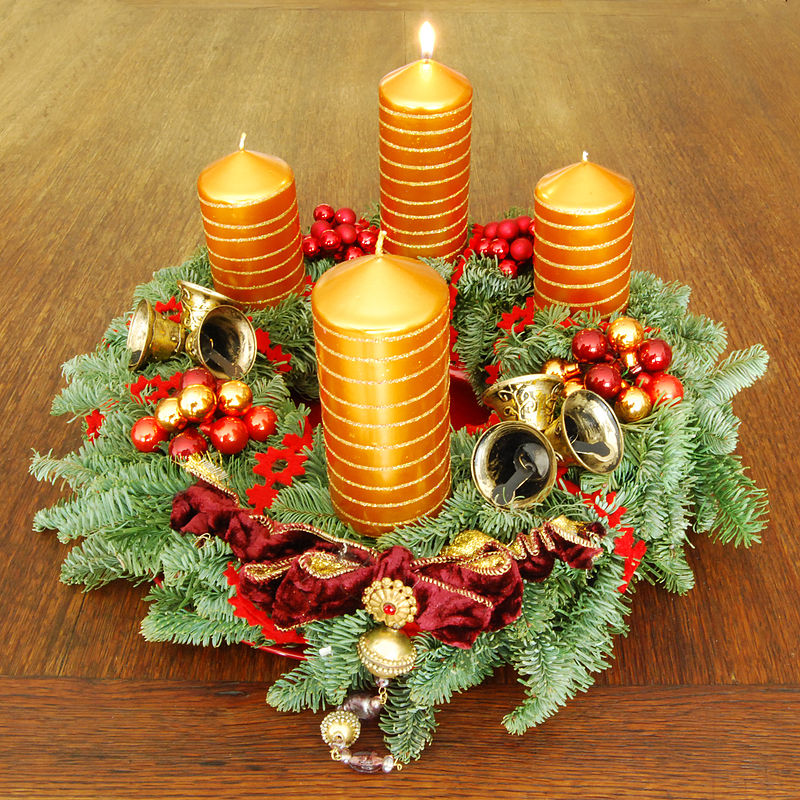Christians around the world are readying their hearts and minds to receive Christ as Advent season begins on Sunday, 30 November, which kick-starts the preparation for Christmas with all its frolic, fun and blessings.
The Advent Sunday marks the beginning of the year in western Christianity with its length varying from 22 to 28 days, beginning on the Sunday nearest to St Andrew's Day and encompassing the next three Sundays that ultimately ends on Christmas Day.
Here are a few interesting facts to know about the Day and the season:
What is the History and Significance of Advent Sunday and the Season?
Just as Lent acts as preparation for the upcoming Easter, Advent Sunday marks an important beginning of a period that triggers the festive mood for Christmas.
There is no certainty on when the celebration of Advent first started in the Christian church, although some sources have been widely cited as saying the tradition began on 11 November (St Martin's Day) sometime in the fifth century in the form of a six-week fast that ended on the Christmas day. It could have been sometime during the sixth century that Advent was reduced to its current length and as the traditions gradually evolved, fasting was no longer obligatory.
In olden days in Northern England, it was customary for poor women to carry an"Advent image" – two dolls dressed as Jesus and the Virgin Mary. Those who saw the dolls were expected to donate some money and it was believed that bad luck would befall upon those who did not see the doll-bearing women.
Also sometimes referred to as 'Winder Lent', Advent is part of the liturgical calendar that takes Christians through the seasons of the church and is historically considered to be the long-time rhythm of a church year.
In its earliest days, Advent day marked the start of the season of fasting to help people receive Christ.
What is its Meaning and Symbolism?
The word 'Advent' is translated from its Latin origin to mean "coming" – which literally calls attention to the fact that Christ has promised his second coming. Many people use wreaths made of evergreens as symbols of life and eternity. They are usually made of fir and decorated with gold and silver ribbons or scarlet woollen threads. Sometimes lit wreaths may also be on display during carols.
Purple is considered historically the main colour associated with the Advent season and is usually understood to symbolise penitence, fasting and the colour of royalty as the 'Advent' of the King or Jesus Christ is welcomed.
The focus of the entire event is to celebrate the season of the first coming of Christ and also the anticipation of the return of the Christ the king in ihis Second Advent. Purple candles used in Catholic churches also represent the light of Christ and symbolize the time when the days became longer.
How do People Celebrate Advent?
Depending on the tradition of different Christian churches, observance can range from lighting candles and following a specific liturgy and prayers in anticipation of Christ's coming, to fasting and involving oneself in the work of God such as charitable acts.
In some churches, purple flowers may be replaced with rose-coloured vestments and placed on the altar. Around the world, the Advent season is associated with the tradition where parents give 'Advent calendars' to their children to help them count the days until Christmas day finally appears. It is also the time when the Christmas menu is planned, and people start buying gifts, start making Christmas cards and do everything to make the upcoming Christmas a memorable festival.



















